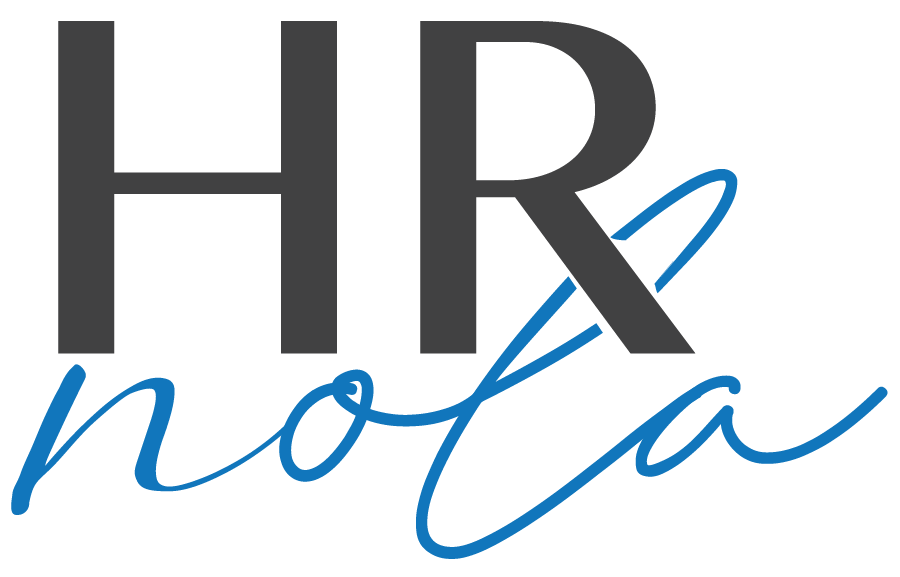
In recent years the HR industry as a whole has seen a tremendous increase in the use of technology in our day-to-day job functions. Changing from paper filing to digital filing can be hugely beneficial to many HR practitioners, but now we’re really experiencing HR technology in nearly every step of the employee lifecycle from hire to retire!
Building Trust with Technology
Typically one of the first changes an HR practitioner will (or already has!) experience is the switch from paper record-keeping to digital. This change often comes with some anxiety about the safety of digital files. While it is certainly valid for an HR practitioner to be concerned with the safety of their companies and employees protected information, digital record-keeping services are a necessary adjustment for modern HR departments.
Making a change from paper filing to digital requires some improvements to a company’s digital security that can also benefit them outside of the HR department. We recommend utilizing the highest possible level of digital security, including firewalls, double authentication, and cryptic passwords. This is necessary for both the HR Practitioner, as well as the employees to avoid potential security risks. But, besides the practical changes with moving to digital filing, there are also HR guidelines that must be followed.
HR Practitioner, Molly Bruner, says “My main concern when my clients utilize digital records or begin to transition all of their records over into digital files is that most platforms are unable to accurately meet the requirement that personnel records and medical records be kept separately, apart from one another.” It’s not uncommon to keep personnel records like W2 forms in a digital filing system and paper filing for medical documents (like doctors’ notes) to ensure they are saved separately.
Automation in HR Improves Every Company
Once HR technology has been implemented, there are huge benefits to the day to day workflow of HR practitioners. Instead of spending time on repetitive actions like distribution of new-hire paperwork, handbooks, payroll, policies, and procedures, HR practitioners can focus more time on strategy and improvements to the organization.
While there is still some time required to verify certain documents and oversee completion, the time savings can be a significant benefit to both the HR Practitioner and the company.
Essentially, the use of HR technology allows the HR practitioner to truly use their professional expertise, rather than “paper pushing”. This means they can spend time on improving the employee environment, and ensuring the best possible new hires for the company.
Technology in Onboarding
Technology in the onboarding process has become particularly successful in recent years. Using technology while onboarding means that we are able to streamline the process and reduce human error.
Many actions that used to require hands-on time from the HR Practitioner can now be done in sophisticated HR platforms. They can issue offer letters, distribute new employee paperwork, and ensure onboarding compliance. As another bonus, many platforms allow customization so that when one action is completed, the next action will be activated. This reduces the time spent by the HR Practitioner simply sending and collecting paperwork, and keeps the process moving forward even if the HR practitioner is out of the office.
Molly says, “The benefit of utilizing technology such as these HR platforms during the onboarding process is that you are ensuring uniformity throughout the process and amongst each employee, while still making sure you are getting all of the information you need and required to obtain.”
Automation in HR
Utilizing Automation during the hiring process allows the HR program to filter out candidates that don’t match the hiring criteria. Automation technology can scan resumes and cover letters for education level, years of experience, competitor names, and so on. This allows the HR practitioner to then personally review just the candidates that match the criteria of the job. Interacting with the smaller pool of potential employees should be done personally to ensure a successful hire.
Automation can also be useful for employee benefits. Programs can be set up to automatically begin at the employee’s eligibility date, and ensure that each person gets all of the correct and up to date forms from the benefits provider, reducing human error. These programs can also streamline off-boarding when an employee is no longer with the company. Oftentimes simply terminating an employee in the HR platform will trigger the termination of their benefits.
Saving Space For Face to Face
With all the benefits of HR technology and automation, it may seem like the HR practitioner will become less hands-on with the employees when the opposite is actually true!
Our rule of thumb is that any paperwork-based actions can be done digitally, otherwise, it’s best to have face to face communication. “It’s important to maintain a human aspect when it comes to onboarding new employees and making sure they feel welcomed at their new company,” says Molly.
Many steps are done with a hybrid approach using both in-person communication as well as digital. For example, making the hiring offer can be done over the phone, with an automated letter sent afterward. Other aspects really help to set the tone for an employee’s relationship with the company like personally walking them around their work area, and reviewing policies and procedures. This helps to make sure that the employee knows and understands the companies policies and allows easier communication with questions they may have.
Staying up to date with the latest HR technology leads to a better, and more successful experience with HR for both companies and their employees. We make sure to use the best technology fit for all of our clients allowing us to be there in person for making the big strategic decisions and advocating for employees. Want to learn more about how we help our clients? Contact us today to set up a consultation to find out how HR can boost your business!
← Blog